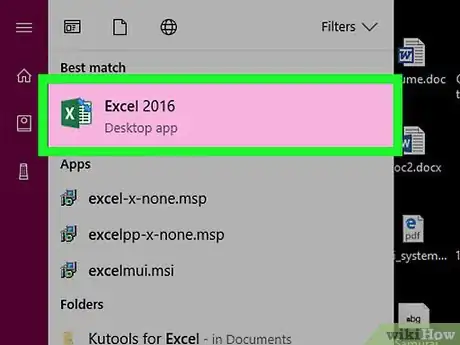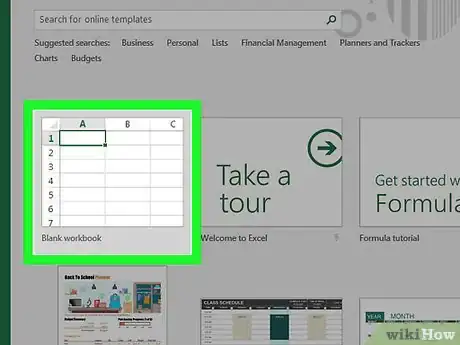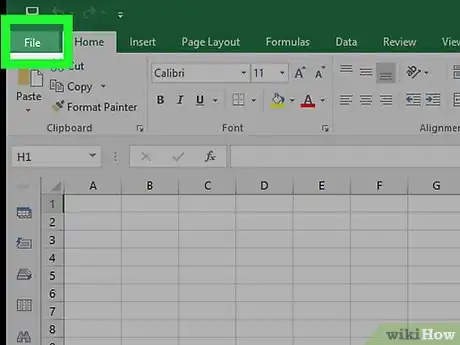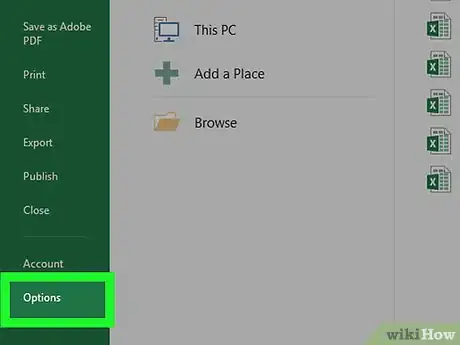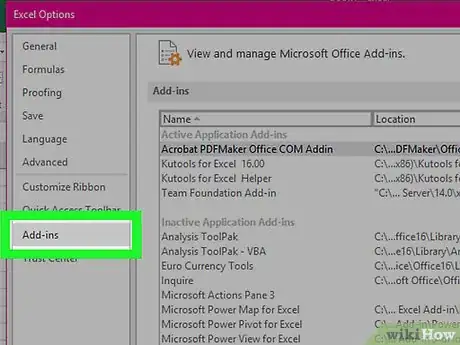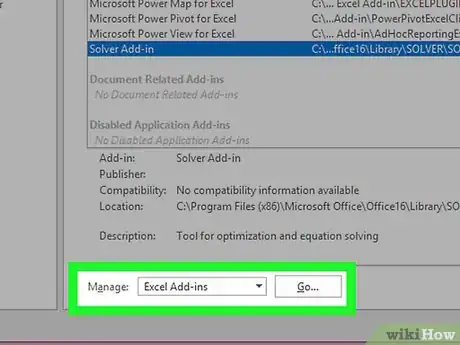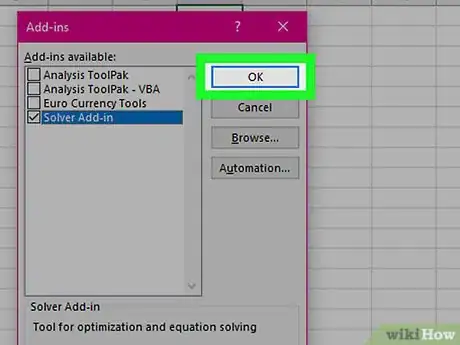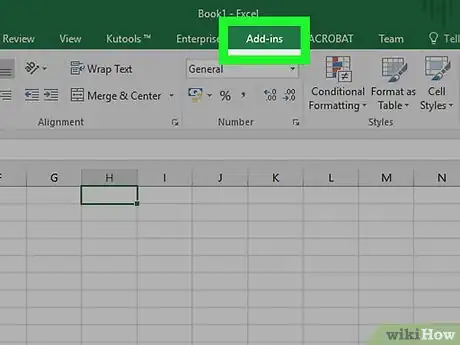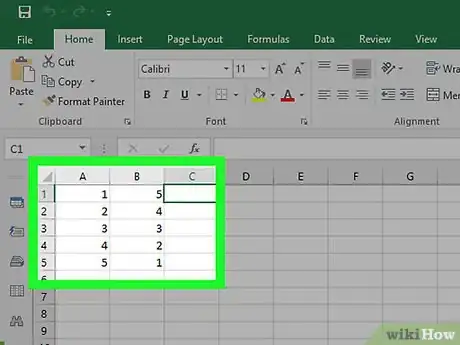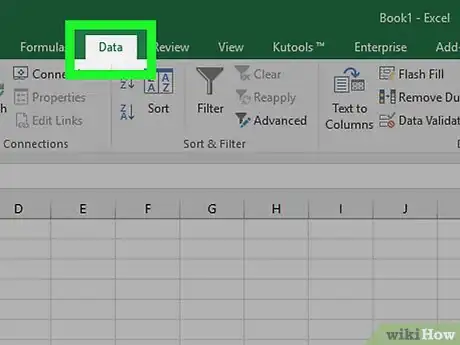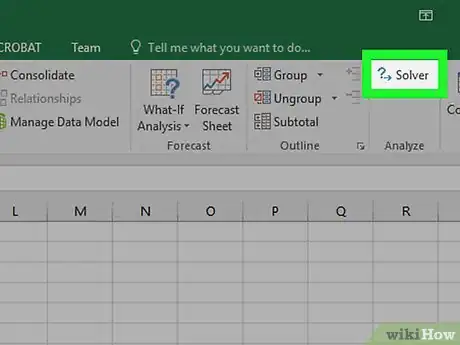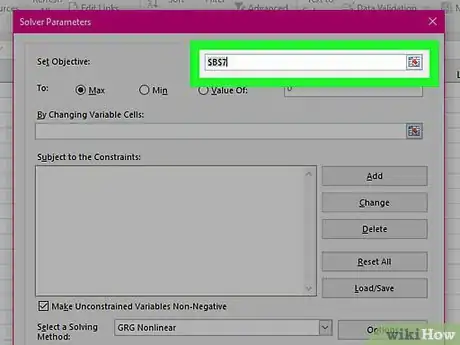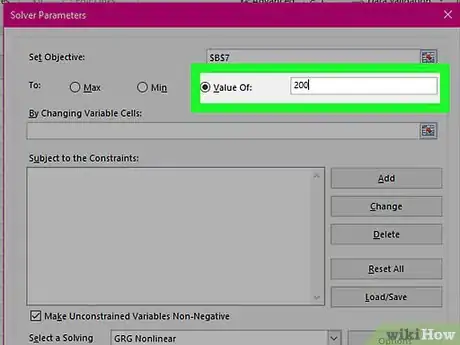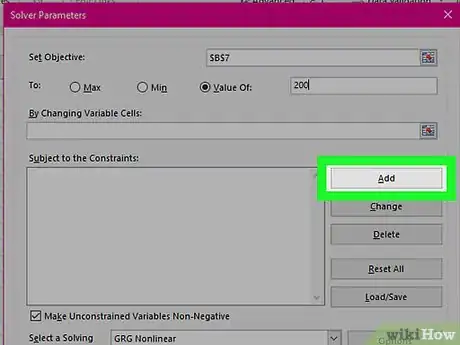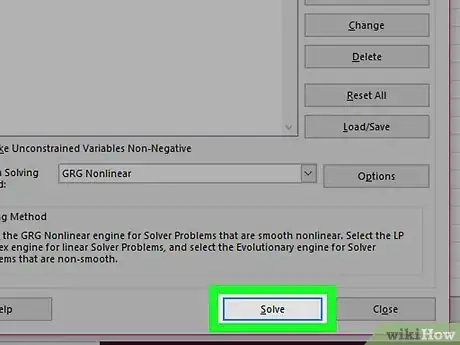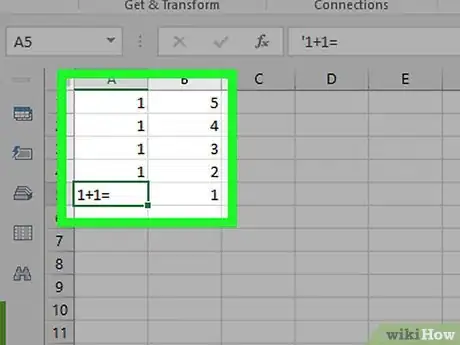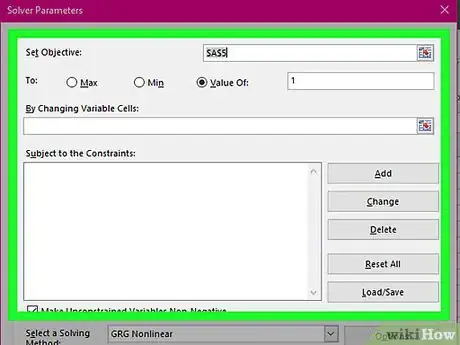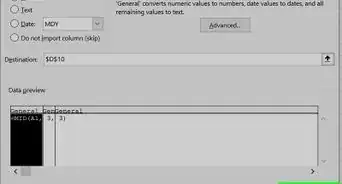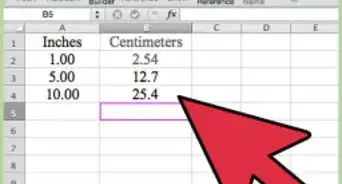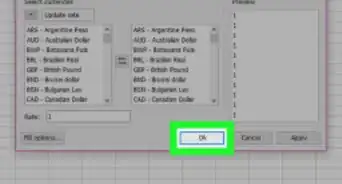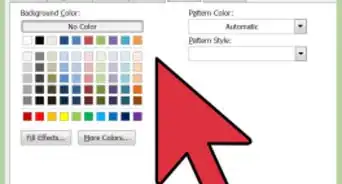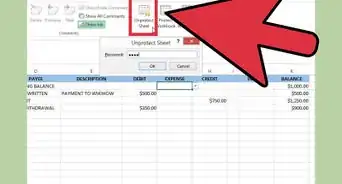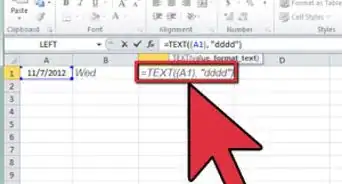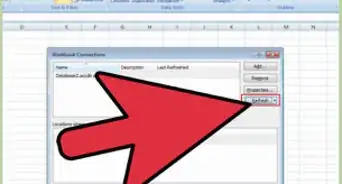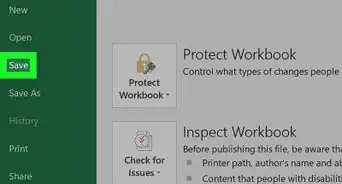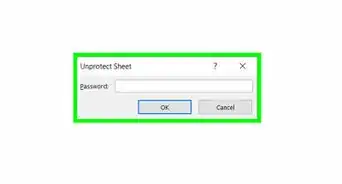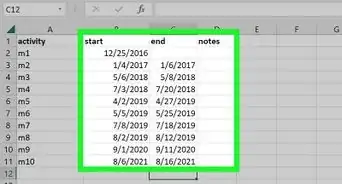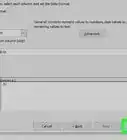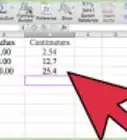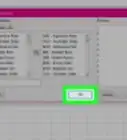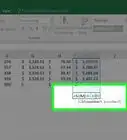This article was co-authored by wikiHow staff writer, Jack Lloyd. Jack Lloyd is a Technology Writer and Editor for wikiHow. He has over two years of experience writing and editing technology-related articles. He is technology enthusiast and an English teacher.
The wikiHow Tech Team also followed the article's instructions and verified that they work.
This article has been viewed 589,013 times.
Learn more...
This wikiHow teaches you how to use Microsoft Excel's Solver tool, which allows you to alter different variables in a spreadsheet in order to achieve a desired solution. You can use Solver in both Windows and Mac versions of Excel, though you'll have to enable Solver before you can begin using it.
Steps
Enabling Solver
-
1Open Excel. Click or double-click the Excel app icon, which resembles a green box with a white "X" on it.
- Solver comes pre-installed with both Windows and Mac versions of Excel, but you'll have to enable it manually.
-
2Click Blank workbook. This will open the Excel window, from which point you can proceed with enabling Solver.
- If you have an existing Excel file you'd like to use Solver with, you can open it instead of creating a new file.
Advertisement -
3Click File. It's a tab in the upper-left side of the Excel window.
- On a Mac, click Tools instead, then skip the next step.
-
4Click Options. You'll find this option at the bottom of the File menu. Doing so brings up the Options window.[1]
-
5Click Add-ins. It's a tab in the lower-left side of the Options window.
- On a Mac, click Excel Add-ins in the Tools menu.
-
6Open the "Add-ins Available" window. Make sure that the "Manage" text box has "Excel Add-ins" listed in it, then click Go at the bottom of the page.
- On a Mac, this window will open after clicking Excel Add-ins in the Tools menu.
-
7Install the Solver add-in. Check the "Solver" box in the middle of the page, then click OK. Solver should now appear as a tool in the Data tab that's at the top of Excel.
Analyzing and Solving
-
1Understand Solver's use. Solver can analyze your spreadsheet's data and any constraints you've added to show you possible solutions. This is useful if you're working with multiple variables.
-
2Add your data to your spreadsheet. In order to use Solver, your spreadsheet must have data with different variables and a solution.
- For example, you might create a spreadsheet documenting your various expenses over the course of a month with the output cell resulting in your money left over.
- You can't use solver on a spreadsheet which doesn't have solvable data (i.e., your data has to have equations).
-
3Click the Data tab. It's at the top of the Excel window. This will open the Data toolbar.
-
4Click Solver. You'll find this option in the far-right side of the Data toolbar. Doing so opens the Solver window.
-
5Select your target cell. Click the cell in which you want to display your Solver solution. This will add it to the "Set Objective" box.
- For example, if you're creating a budget where the end goal is your monthly income, you would click the final "Income" cell.
-
6Set a goal. Check the "Value Of" box, then type your target value into the text box next to "Value Of".
- For example, if your goal is to have $200 at the end of the month, you would type 200 into the text box.
- You can also check either the "Max" or "Min" box in order to prompt Solver to determine the absolute maximum or minimum value.
- Once you've set a goal, Solver will attempt to meet that goal by adjusting other variables in your spreadsheet.
-
7Add constraints. Constraints set restrictions on the values that Solver can use, which prevents Solver from accidentally nullifying one or more of your spreadsheet's values. You can add a constraint by doing the following:[2]
- Click Add
- Click the cell (or select the cells) for which the constraint applies.
- Select a type of constraint from the middle drop-down menu.
- Enter the constraint's number (e.g., a maximum or minimum).
- Click OK
-
8Run Solver. Once you've added all of your constraints, click Solve at the bottom of the Solver window. This will prompt Solver to find the optimal solution for your problem.
-
9Review the results. When Solver alerts you that it has an answer, you can see the answer by looking at your spreadsheet to see which values were changed.
-
10Change your Solver criteria. If the output that you received isn't ideal for your spreadsheet, click Cancel in the pop-up window, then adjust your objective and constraints.
- If you do like your Solver's results, you can apply them to your spreadsheet by checking the "Keep Solver Solution" box and then clicking OK.
Warnings
- Solver cannot be used in spreadsheets in which there is no "output" or actual solution. For example, you can't apply solver to a spreadsheet which has no equations.⧼thumbs_response⧽
References
About This Article
1. Enable Solver in the "Add-ins" section of your Excel preferences if necessary.
2. Open a spreadsheet with data you want to analyze.
3. Click Data, then click Solver.
4. Select a cell to use from the "Set Objective" field.
5. Check the "Value Of" box, then enter a desired value.
6. Click Solve.
